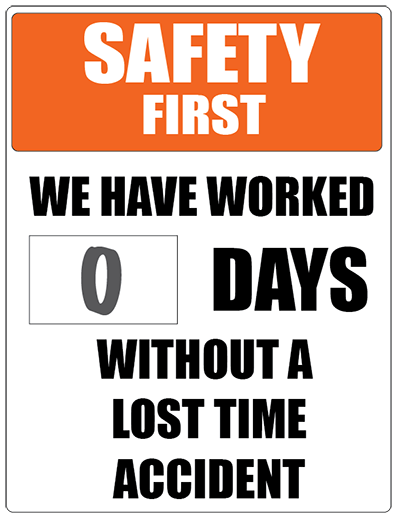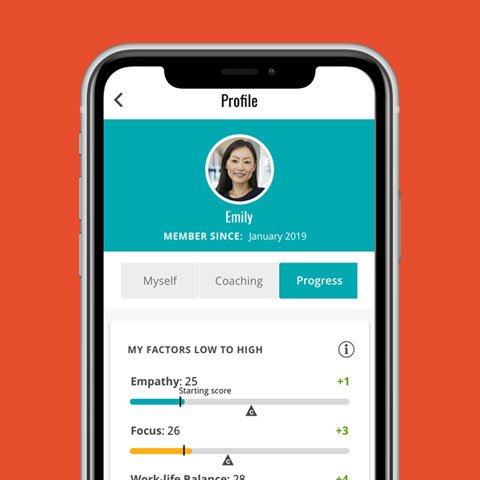Extending Occupational Health and Safety to Mental Well-being
Does your well-being program meet ISO global standards for psychosocial safety in the workplace?
Registration is LIVE for the meQ 2025 Resilience Awards Panel Discussion, October 23! REGISTER NOW
Does your well-being program meet ISO global standards for psychosocial safety in the workplace?

Many human capital leaders are asking themselves questions, like:
Good questions, indeed. Enter the International Organization for Standardization (ISO), which offers some detailed guidance on these and other related questions. If you are a leader in the manufacturing sector, you’re probably familiar with ISO. Across a wide variety of issues, adhering to ISO standards demonstrates that a company is committed to quality, regulatory compliance and has customers’ needs as a top goal.
What’s a Psychosocial Risk?
When it comes to mental well-being, ISO 45003 is the relevant standard. The guideline lays out principles and practices for identifying and managing psychosocial risks in the workplace.
For the very first time, it provides a clear framework for how to manage and protect mental well-being at work. How? By plugging the gap in current workplace safety guidance, via the concept of ‘psychosocial risks’. Psychosocial risks are simply aspects of the structure and organization of work including:
What are the benefits of addressing psychosocial risks?
Implementing a program to identify and take action against psychosocial risks in the workplace has numerous benefits for your workforce, and across your business:
The returns to investing in a program to identify and address psychosocial risks are substantial and measurable. A Lancet study shows that for every $1 invested in mental health evidence-based programs, employers can save $2-4 on other expenses.
In addition to the well-documented financial outcomes, adopting ISO 45003 in whole or in part also will produce intangible improvements and reflect positively on your employer brand.
Where do I start?
The ISO 45003 standard provides guidance on the identification and management of psychosocial risks, as part of a comprehensive occupational health and safety management system. It includes:
Commitment to many ISO standards involves an annual audit where compliance is confirmed by an independent third party.
Can meQ help?
Sure can. Data from meQ’s clinically-validated assessment can help identify the psychosocial risks across your workforce, take action to reduce those risks through cognitive behavioral (CBT)-driven interventions, and then measure improvements through reductions in stress, depression, anxiety, and burnout. If you want a deep dive into employee perceptions about the structure and organization of work, that’s an area where our experience also runs deep.
No matter your industry, meQ can help you identify and reduce risks. Our data assets can help you document compliance with ISO 45003. Not only will you gain compliance, but you will reap the many benefits of improved mental well-being across your workforce:
Read more about how meQ can support ISO 45003 in your organization.

For more than 15 years, Dr. Brad Smith has been telling stories using health data. His career includes roles ranging from policy-focused work with the US Government Accountability Office to evaluation -related work for dozens of state, federal and private sector clients using health services research methods. He currently serves as Chief Science Officer at meQuilibrium, leading efforts to harness data to improve the product, enhance reporting to clients and establish the value proposition. He has served on the faculty of Drexel University and McDaniel College and is the author of more than 25 peer - reviewed articles on health and well-being.
Tags emotional wellbeing, ISO, manufacturing

Learn how to gain the confidence your organization needs to navigate transformation and take on any kind of change the world throws your way.